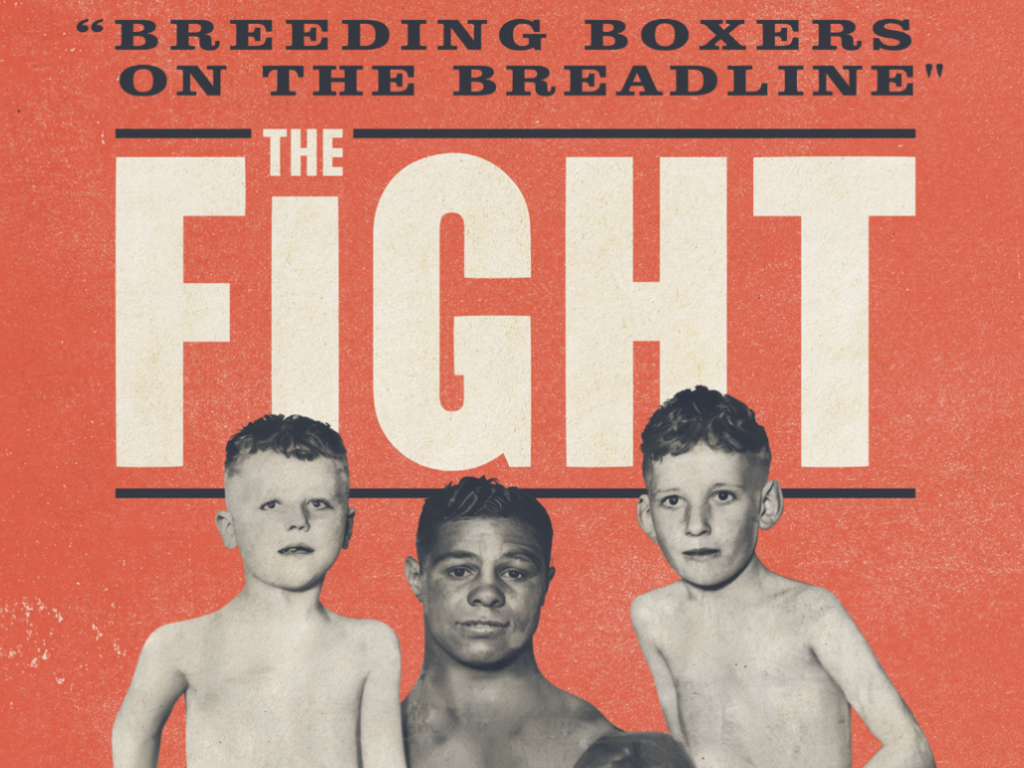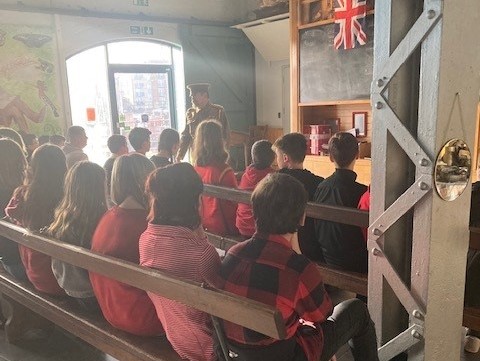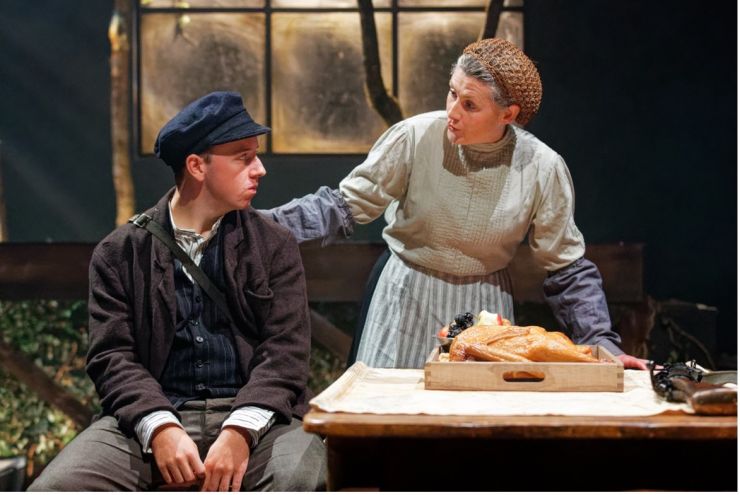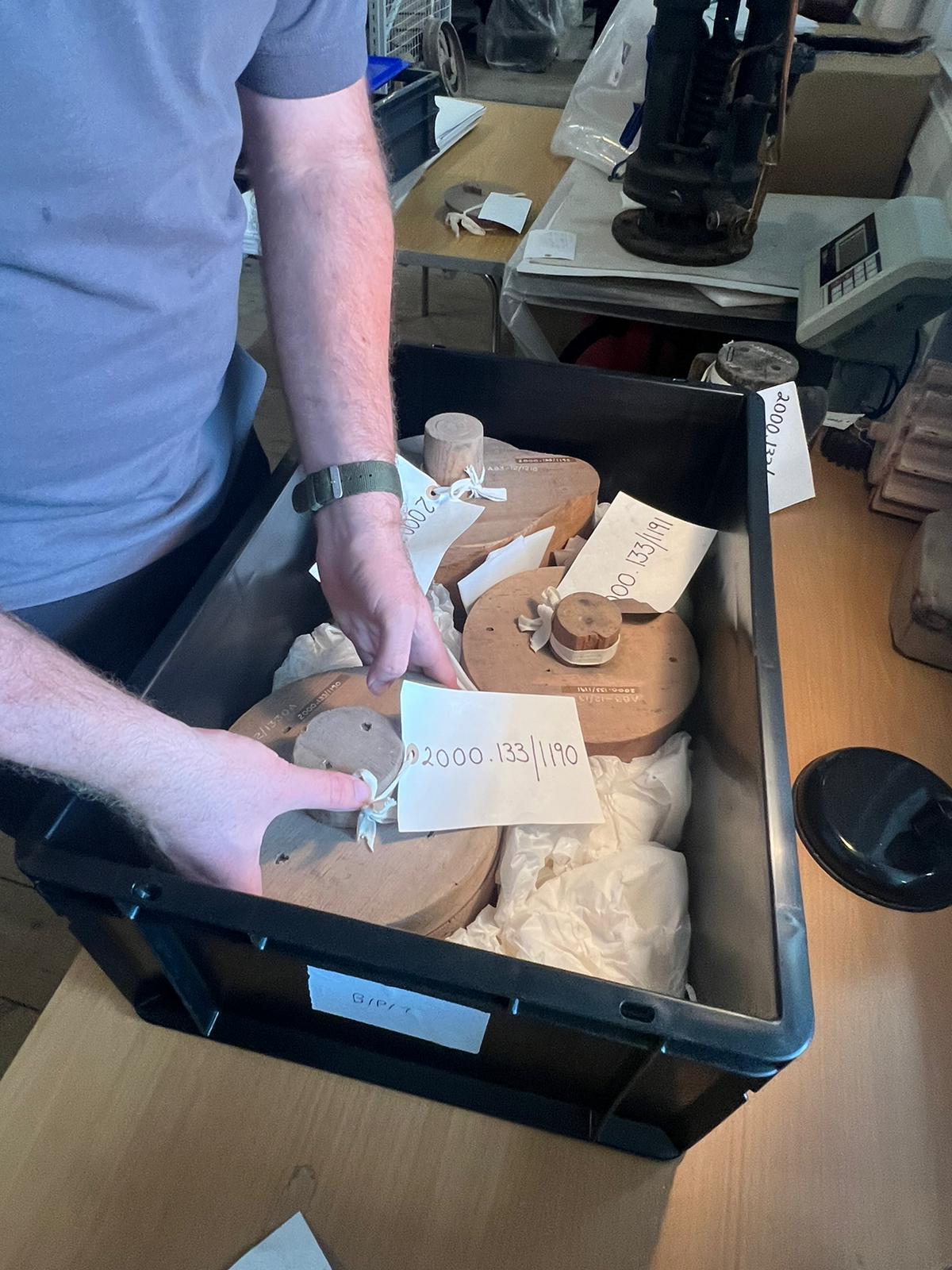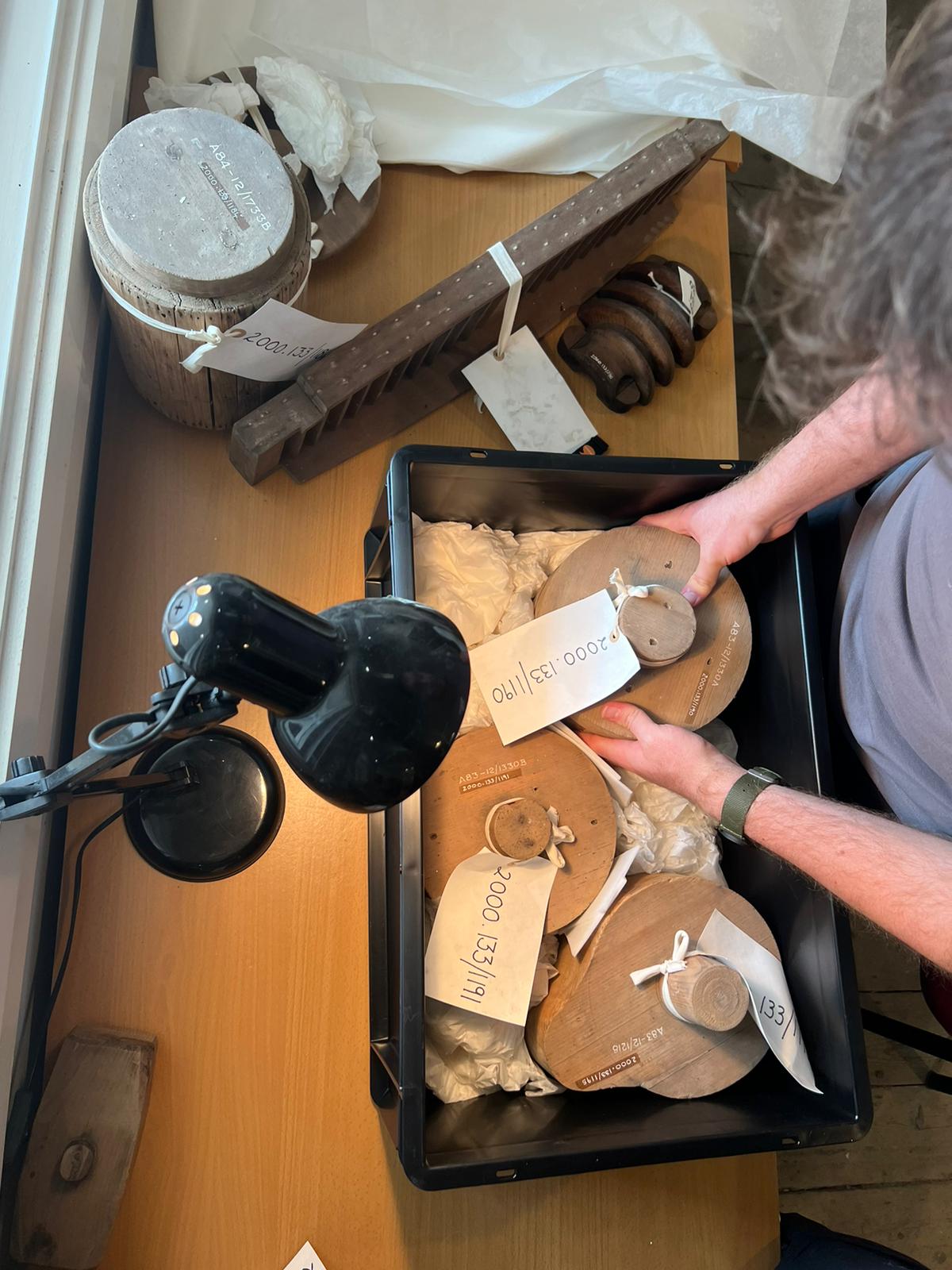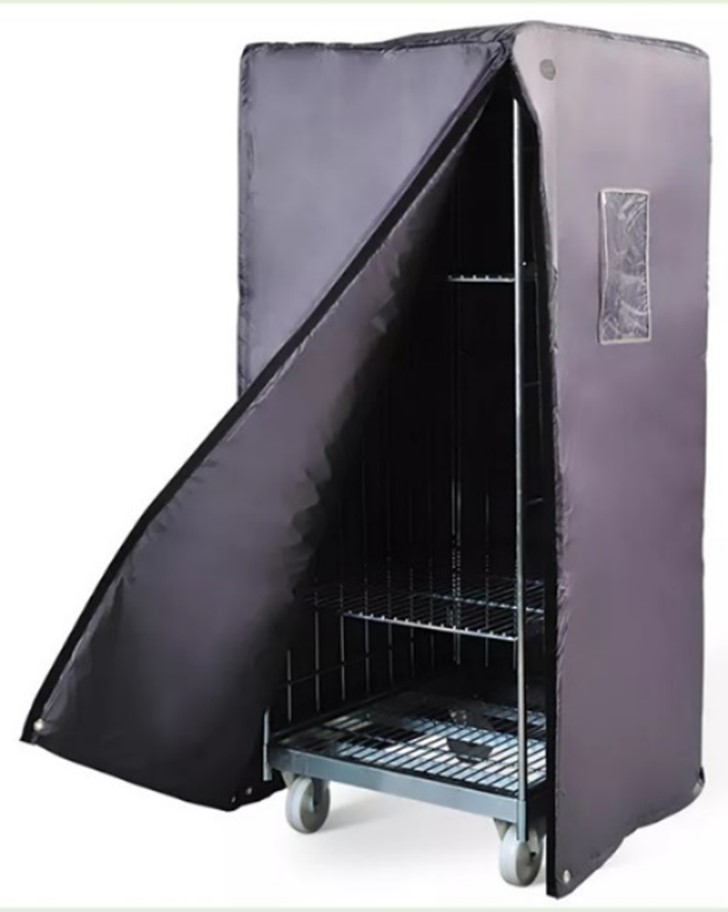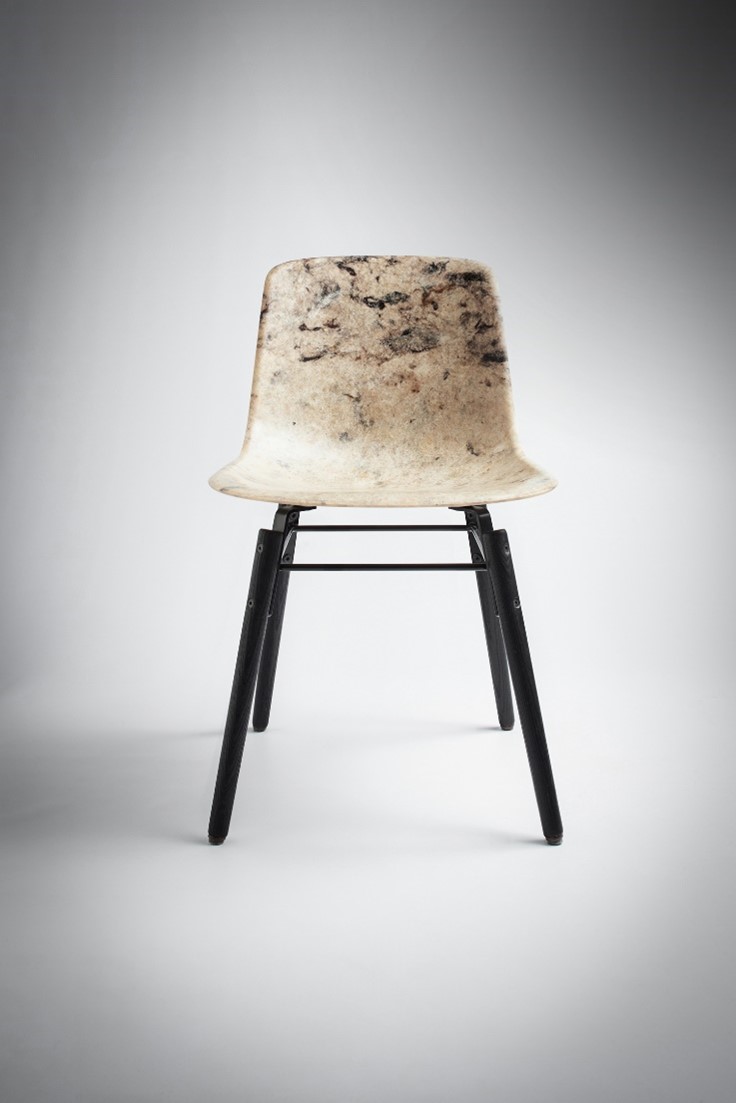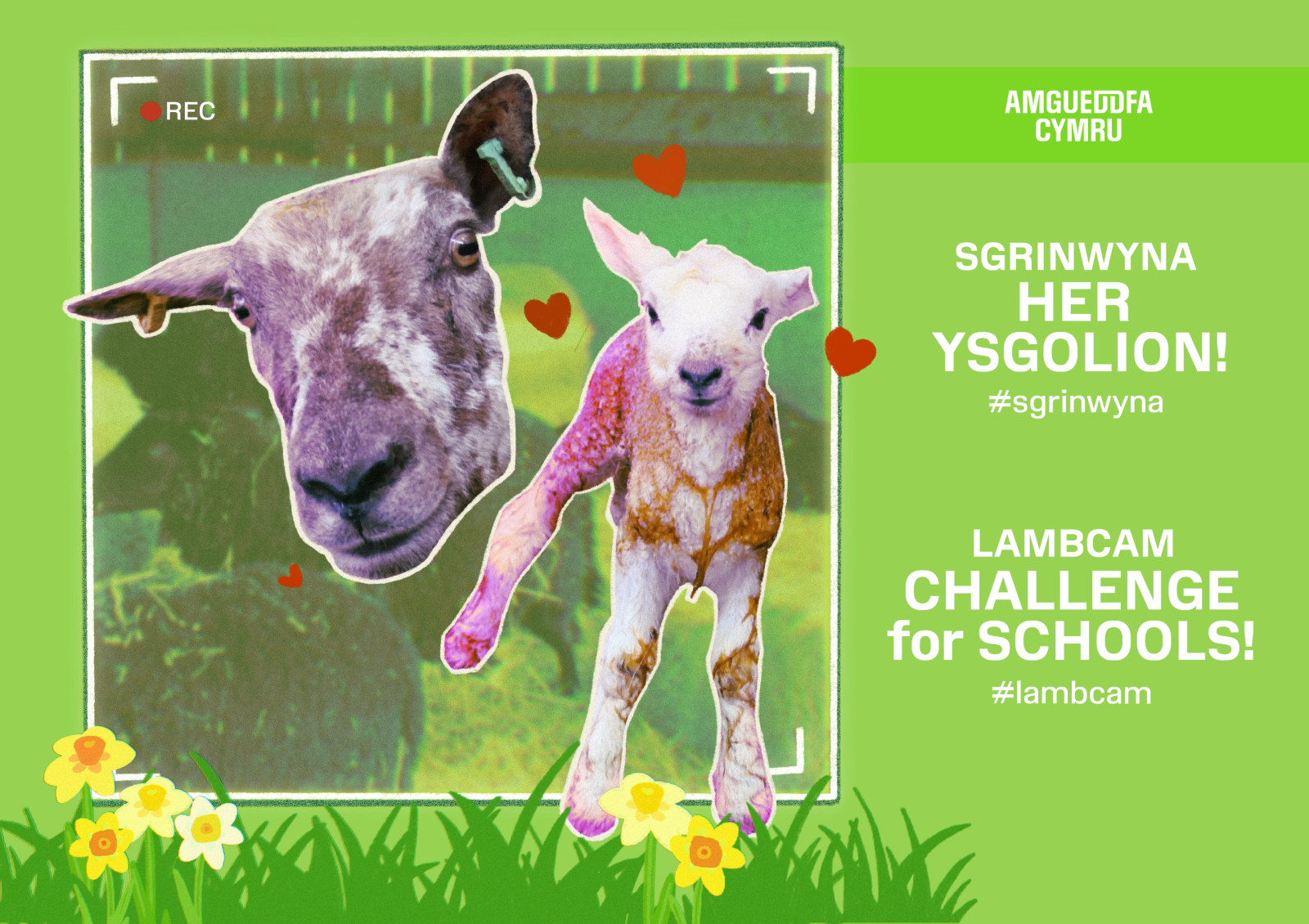A Conversation with Theatr na n'Óg
, 4 September 2024
Theatr na n'Óg have had a passion for telling stories for 40 years and have collaborated with several of the Amgueddfa Cymru sites. Together they have collaborated on many projects that have brought the history and culture of Wales to life, inspiring young people and adults across many workshops and performances.
In previous years National Museum Cardiff and the National Waterfront Museum have collaborated with them on a variety of projects. In 2009, Alfred Russel Wallace, who’s discoveries spurred Darwin to produce ‘On the Origin of Species’, was the focus. In 2022, the story of Elgan Jones, a 14-year-old boy who was arrested for poaching in 1898, became a court room drama which placed the audience as jurors. Now, in 2024, the National Waterfront Museum is working with them once more on a project exploring the story of the Merthyr Tydfil born boxer, Cuthbert Taylor, in a production called ‘The Fight.’
To get a deeper understanding of Theatr na n'Óg, ‘The Fight’, and the role Amgueddfa Cymru plays in the partnership, Leisa Williams, Senior Learning Officer at National Waterfront Museum and Geinor Styles, the Artistic Director at Theatr na n'Óg, sat down for a chat about projects past and present.
Use the media player to listen to the conversation in full.
About ‘The Fight’ |
'The Fight' is a brand-new play telling the true story of a Welsh boxing legend.
In the deprived valleys of the 1930s, boxing was more than just a sport; it was a way out of poverty. Merthyr-born Cuthbert Taylor, now seen as one of the best boxers of his generation, should have had the opportunity to fight for a British title, but was denied this chance because of the colour of his skin.
Written by Geinor Styles, Directed by Kev McCurdy
Click here for information on school performances, workshops, learning resources and more.
